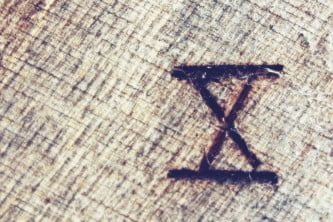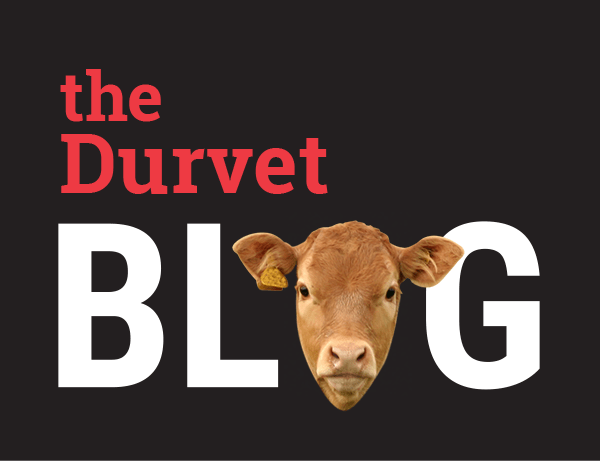
For those who obey the Ten Commandments of merchandising, each day at the store can seem like "Grand Opening" day.
If that doesn’t excite you, says pet retail specialist Chris Miller, then maybe a 30% increase in sales will.
Yes, that's the generally accepted boost you can expect by
“re-merchandising” the store with better illumination, engaging interactive signage, attractive fixtures, open spaces and an abundance of products.
Miller, the owner of Pacific Store Designs, has designed more than 3,000 retail stores worldwide over the last 35 years. Not only did he present these same commandments at a presentation at SuperZoo 2014, these same basic principles were featured in Pet Product news just last December.
But you don’t have to be a design wizard to create an atmosphere full of visual excitement. Just follow his Ten Commandments of merchandising:
I. Keep Your Store Clean
Customers relate cleanliness to newness and value.
II. Face and Front Daily, Hourly, continually
Move each product to the front of the shelf and face each label square for best viewing. Products hanging on hooks should be pulled forward.
III. Spread to Fill
Empty space kills sales; you want to give the appearance of abundance. If a product sells out, replace it with another product until you can restock. Double face products to double their exposure. “Double facing the same product within a category will sell 46% better,” says Miller.
IV. Follow The 2-Finger Rule
Just as horizontal empty space kills sales, so can empty vertical space. Shelves should be spaced so there is no more than a 2-finger wide space between the top of the product and the bottom of the shelf above.
V. Create Color Blocks and Color Breaks
Place color items so they each stand out. For example, place a white product between two blue ones, and run color vertically to draw customer attention down to the lower shelves.
VI. Lean to The Right
80% of the population veers to the right when entering a store. The English language reads from left to right, and the majority of people are right-handed. So by positioning more expensive items to the right you ensure optimum visibility and sales for higher-priced, higher margin merchandise.
VII. Price Merchandise On Back or On Bottom
Consumers generally buy value, not price. You have a better chance of selling a product if they read the label before they read the price tag. Keep in mind if they pick up the product, it’s 50/50 they’ll buy.
VIII. Display Heavy Items at The Bottom - Lighter Items On Top
This establishes a natural flow of merchandise and keeps products and displays from being top heavy. You never want to shade a product from ambient light.
IX. Throw A Visual Curve
Stack and shape products like a pyramid to allow overhead light in the store to hit the edges of each item. You can also throw a visual curve by using shelves and hooks of different sizes in progression.
X. Avoid The Manhattan Skyline
Keep the general top line of sight even and appealing to the eye, allowing focal points or other featured displays to stand out. Focal points should not compete. Do not merchandise above the backbone of the shelving.

 BACK TO MAIN BLOG
BACK TO MAIN BLOG 
Comment